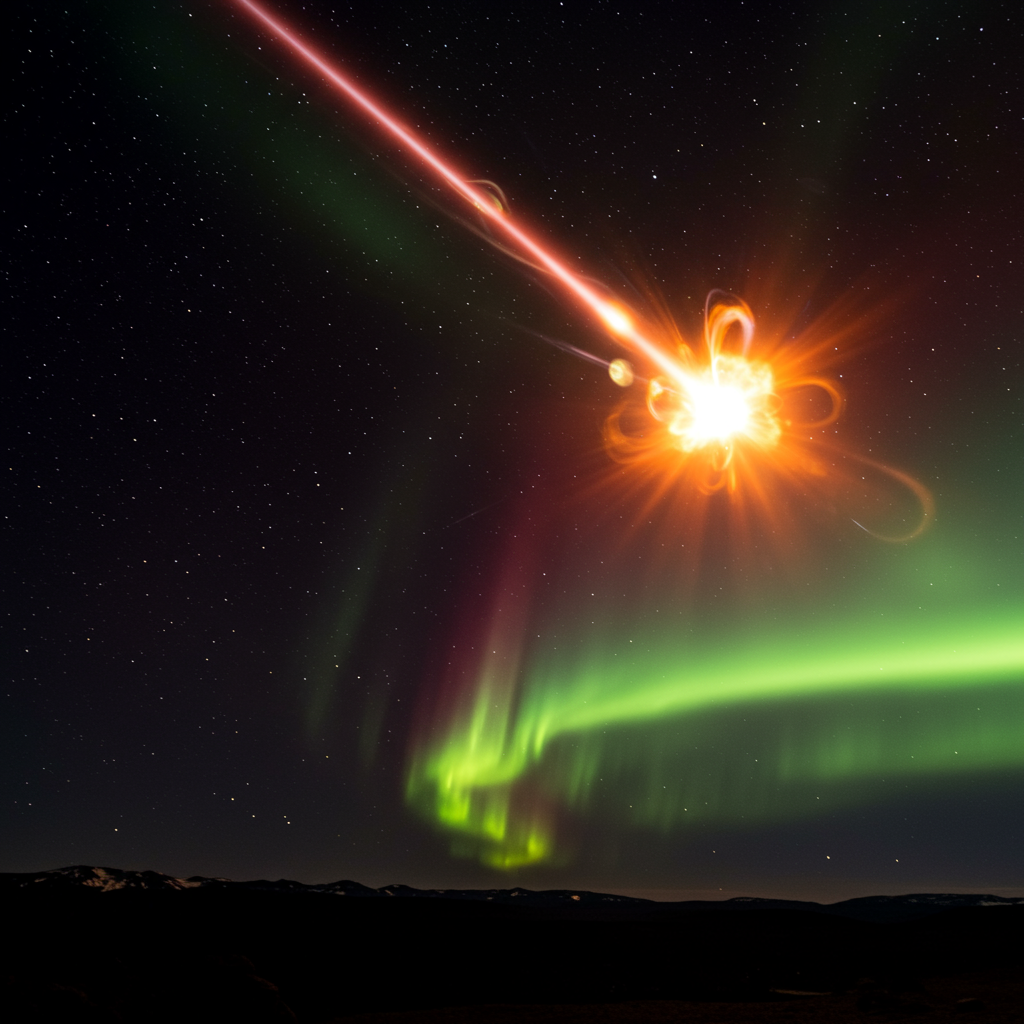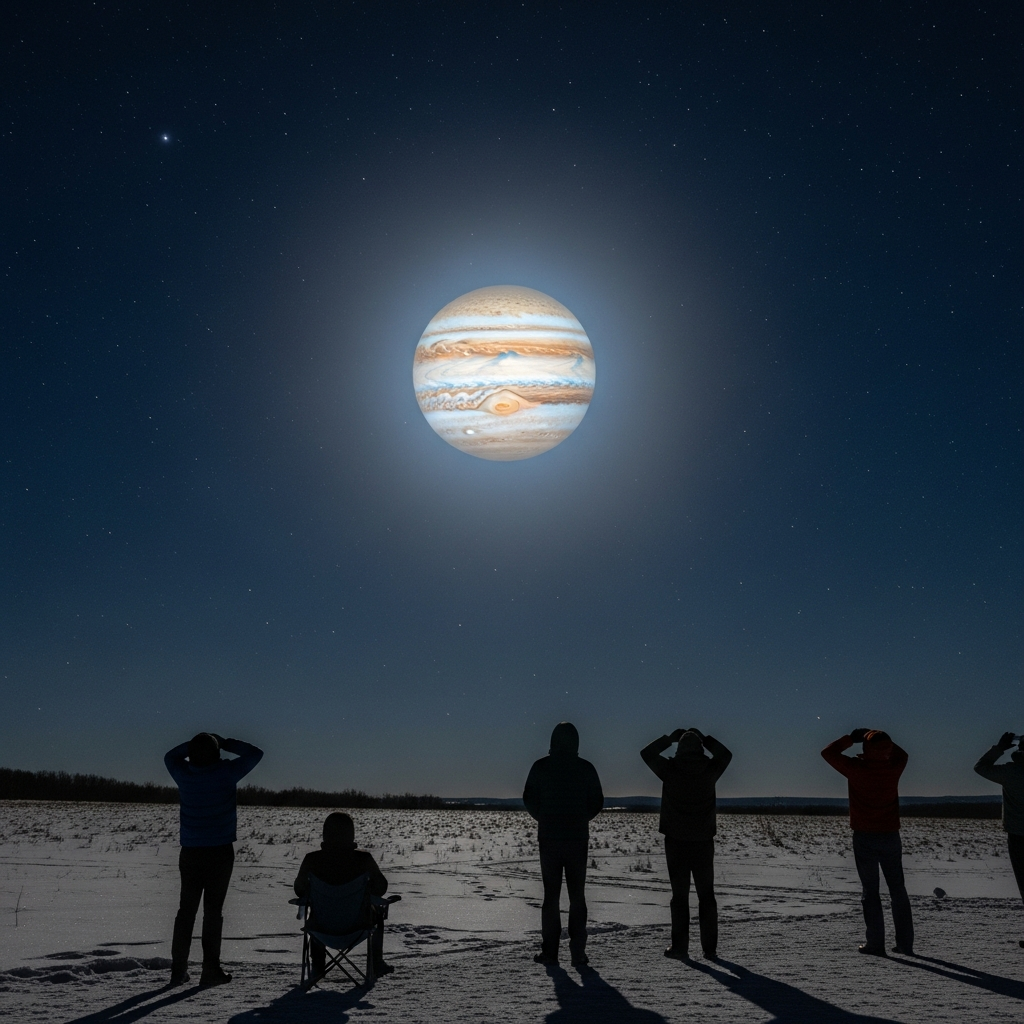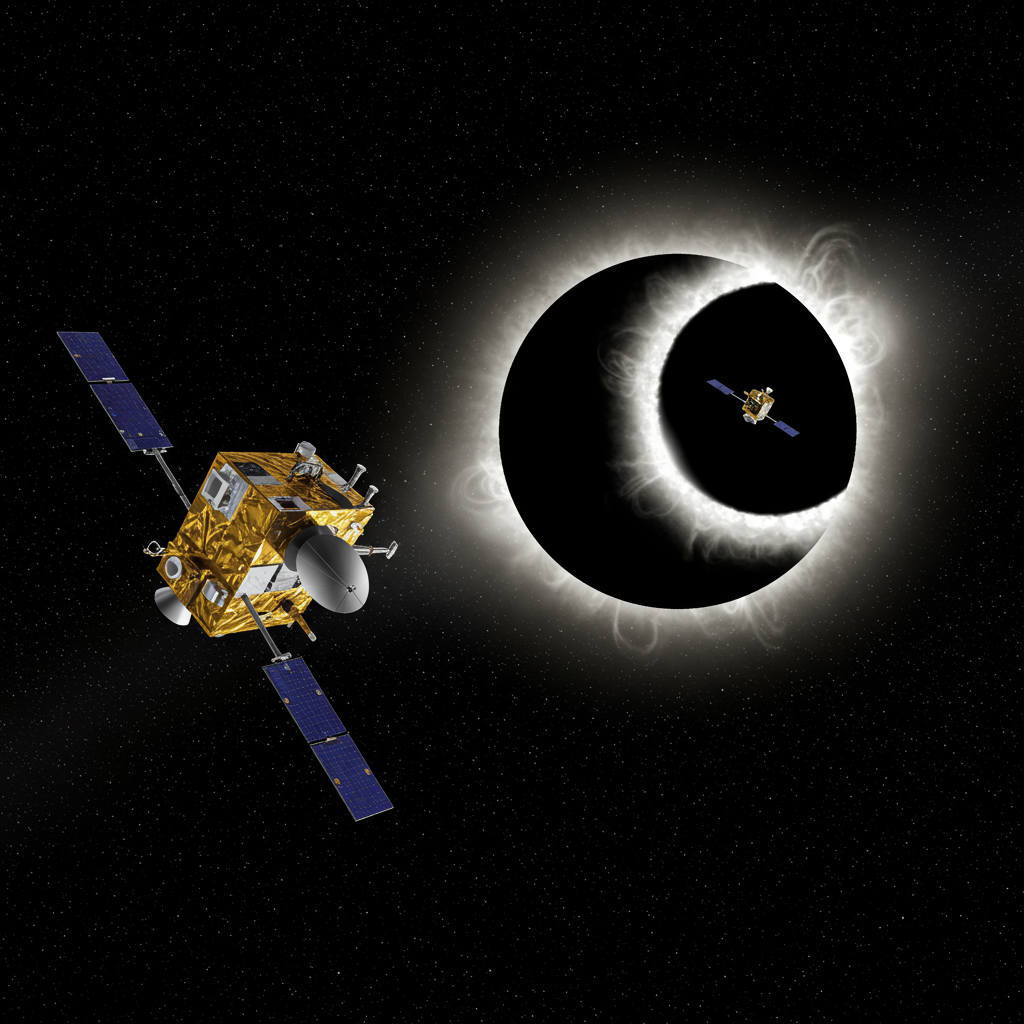Just weeks ago, vivid auroras painted skies across the Northern Hemisphere, captivating observers as far south as the northern United States. This stunning display was a visible symptom of a powerful solar storm, triggered by a coronal mass ejection (CME) erupting from the sun. But the ethereal light show wasn’t the only consequence. This severe geomagnetic event unleashed a torrent of charged particles towards Earth, causing disruptions to satellite communications, scrambling GPS signals, and placing significant strain on sections of power grids. The event served as a potent reminder that space weather is far more than a celestial spectacle; it poses a growing national security risk and a substantial threat to our increasingly technology-dependent world.
The sun is a dynamic star, constantly emitting streams of charged particles known as solar wind. Periodically, it unleashes more intense bursts of energy and matter. These can take the form of solar flares, powerful bursts of radiation traveling at the speed of light, or CMEs, vast clouds of plasma traveling hundreds of miles per second. When a CME is directed towards Earth and collides with our planet’s magnetic field, it can trigger a geomagnetic storm. While beautiful auroras are a byproduct, these storms also pose serious risks to critical infrastructure, including defense systems, civilian utilities, and the global economy.
The Increasing Threat of Space Weather
Our modern society relies heavily on space-based technologies for everything from daily navigation and communication to vital services in agriculture, aviation, defense, and disaster response. Satellites are essential for weather monitoring, broadcasting, financial transactions, and scientific research. Disruptions to these systems aren’t just inconvenient; they can have cascading effects with significant economic and safety implications. Solar storm impacts are a critical concern for entities like the U.S. Department of Defense, where uninterrupted satellite communications, GPS navigation, and radar systems are central to operations.
Historical events underscore the potential severity. The 1989 geomagnetic storm caused widespread electrical blackouts in Quebec, affecting millions. Even more powerful was the 1859 Carrington Event, which severely disrupted telegraph systems globally – an event that would cause far more catastrophic damage today, likely leading to widespread electrical and communication system failures that could cripple economies and endanger public safety. The risk of such devastating events is increasing, not just due to our technological reliance, but because the sun is currently approaching solar maximum, the peak phase of its approximately 11-year activity cycle, expected around 2025. This period brings more frequent and potentially more intense solar flares and CMEs.
Advancing the Science of Space Weather Forecasting
Just as terrestrial weather requires accurate forecasting to mitigate potential disasters, so too does space weather. Predicting when and where these solar disturbances will impact Earth is a complex challenge, but crucial for minimizing harm. This challenge is being addressed through a growing federal push involving multiple agencies, including NASA, NOAA, and the U.S. Space Force. The goal is to build more accurate prediction systems and response strategies.
This includes dedicated research efforts at universities across the nation. At the University of Florida, for instance, space physicist Dr. Alicia Petersen leads the Space Weather Impacts, Forecasting and Transit (SWIFT) Lab. Her team focuses on understanding how solar energetic particles propagate through the inner heliosphere – the vast region between the sun and Earth – and how they interact with spacecraft and space-based infrastructure like communication systems. This involves detailed modeling to predict particle movement and assess their potential effects in orbit.
Beyond modeling the distant space environment, researchers are also exploring ways to simulate local space weather impacts on hardware. The UF lab is hoping to build a plasma chamber for this purpose. They are also collaborating with engineers developing autonomous control systems to create future spacecraft capable of reacting to space weather threats in real-time, perhaps by automatically reconfiguring systems or moving to a safer orientation.
Leveraging AI for Faster, More Precise Warnings
Recent breakthroughs in artificial intelligence (AI) are significantly enhancing space weather forecasting capabilities. One notable development is the DAGGER (Deep Learning Geomagnetic Perturbation) model. Developed through a collaboration involving NASA, the U.S. Geological Survey, and the U.S. Department of Energy, DAGGER uses deep learning AI to analyze vast amounts of historical data from NASA satellites and ground-based sensors. This allows it to identify complex relationships between solar activity and geomagnetic disturbances on Earth.
Analogized to a tornado siren, DAGGER is designed to provide crucial advance warning. It can predict the timing and location of global geomagnetic disturbances with approximately 30 minutes of lead time. While seemingly short, this warning could be critical for operators of vulnerable infrastructure. The model generates predictions in under a second and updates them every minute, offering near real-time insights. It has been validated by accurately forecasting the global impacts of historical solar storms. The lead author of the paper detailing the DAGGER model, Vishal Upendran, highlighted the model’s ability to enable rapid, accurate global predictions essential for decision-making during a storm.
The open-source nature of DAGGER’s code is a key aspect, allowing various users – including power grid operators, satellite controllers, and telecommunications companies – to access and adapt the model to their specific needs and systems. This allows them to implement protective measures, such as temporarily shutting down sensitive equipment or relocating satellites, potentially minimizing damage.
A National Strategic Imperative
Space weather forecasting has evolved from primarily a scientific curiosity to a critical strategic imperative for national security and economic stability. Agencies like NOAA’s Space Weather Prediction Center maintain public dashboards to track current space weather conditions, and research efforts like UF’s and the development of tools like DAGGER feed directly into national efforts to protect infrastructure.
The U.K. Met Office, for instance, is adapting its sophisticated weather and climate models to better understand how space weather influences the Earth’s upper atmosphere, particularly the thermosphere, where many satellites orbit. This work, which aims to build interconnected models spanning from the sun to the Earth’s surface, further illustrates the complexity and multidisciplinary nature of space weather preparedness, involving physics, engineering, computer science, and national security experts.
Collaboration across government agencies, universities, and international partners is essential. By continuously improving our ability to model particle behavior, simulate impacts, develop resilient technologies, and leverage cutting-edge tools like AI for rapid forecasting, the U.S. and its allies are working to shield vital systems from the potentially devastating effects of the sun’s unpredictable outbursts. This ongoing research and development are fundamental steps in preparing the nation for the inevitable next powerful solar storm.
Frequently Asked Questions
What are the main impacts of solar storms on Earth?
Solar storms, primarily triggered by coronal mass ejections (CMEs) from the sun, can have significant impacts on Earth’s technology and infrastructure. They can disrupt satellite communications and GPS navigation, strain power grids potentially causing blackouts, interfere with radio communications (like shortwave radio), and pose risks to aircraft navigation and pipeline operations. Historically, severe storms have even affected telegraph systems. These disruptions represent a growing national security and economic concern.
Where can I find real-time information or forecasts about current space weather?
Government agencies dedicated to monitoring and predicting space weather provide real-time information. In the United States, NOAA’s Space Weather Prediction Center (SWPC) offers a public dashboard where you can track current space weather conditions, including solar activity, geomagnetic storms, and forecasts. Other international bodies also provide similar monitoring services.
How is AI improving solar storm forecasting and preparedness?
Artificial intelligence, specifically deep learning, is enhancing space weather forecasting by analyzing vast datasets from satellites and ground sensors to identify complex patterns. Models like DAGGER use AI to predict the timing and location of geomagnetic disturbances on Earth with greater speed and accuracy than previous methods. This allows for critical advance warnings (like DAGGER’s 30 minutes), giving industries like power grids and satellite operators time to take protective measures and minimize potential damage.
Word Count Check: 1060




